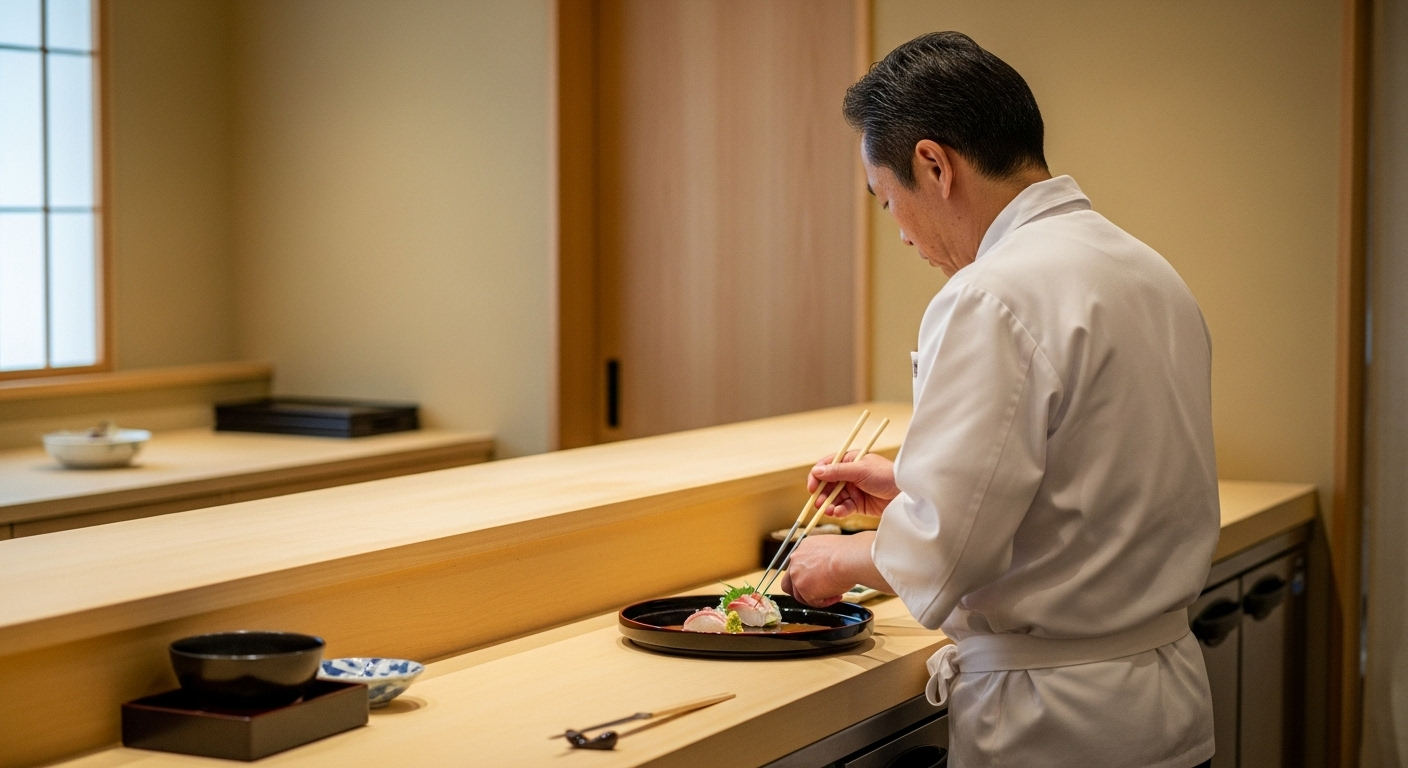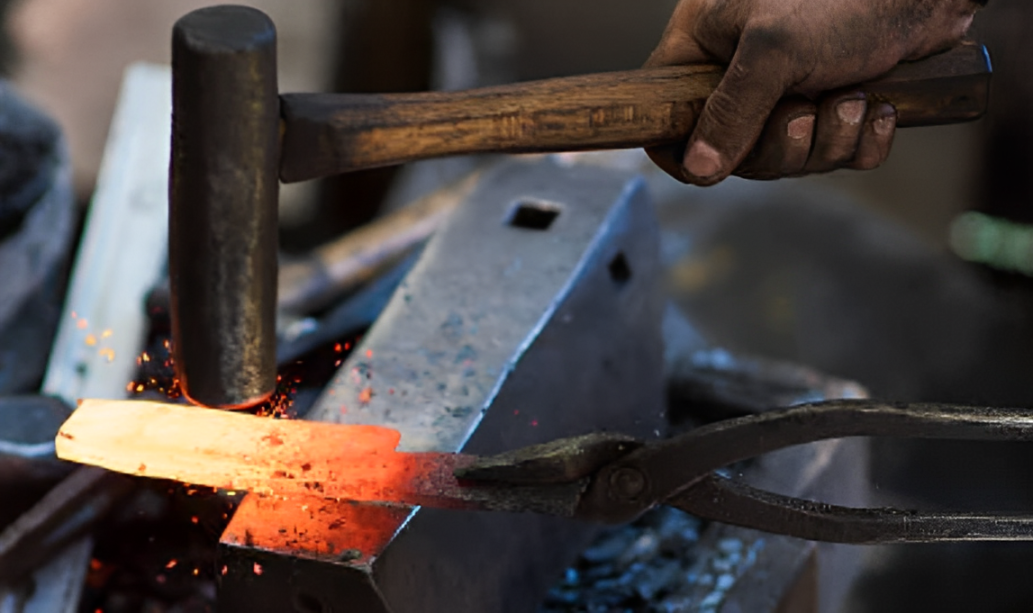
How to Hold a Japanese Knife
-
The Right Grip Unlocks Full Potential
A Japanese knife is not just sharp — it’s designed to be held in a very specific way. The right grip and posture unlock its full potential: safer handling, smoother cutting, and more precise results.
In this video, we’ll show you the essential techniques to hold and use Japanese knives correctly, so you can cook with confidence and grace. -
Video Provided: Sabakeru Channel (part of the Nippon Foundation's "The Ocean and Japan Project")
-
Japanese knives are celebrated for their sharpness and elegance — but to unlock their true potential, they must be held and used correctly. The way you stand, grip, and move the blade not only ensures safety but also brings out the craftsmanship built into every knife.
-
Basic Posture
Stand about a fist’s distance from the cutting board, with your dominant leg half a step back. Turn your body slightly at a 45-degree angle, feet shoulder-width apart, and lean forward. This angled stance allows smoother movement, especially when using long blades such as the Yanagiba. Your guiding hand should stay relaxed, with fingers tucked in and the index and middle fingers resting lightly against the blade’s belly.

How to Hold a Usuba
For precision vegetable cutting, hold the base of the blade firmly between your thumb and index finger while wrapping the handle with your remaining three fingers. This secure grip gives control and balance across different ingredients.

How to Hold a Deba or Yanagiba
When handling fish or slicing sashimi, grip the handle with your middle, ring, and little fingers. Place your index finger along the spine of the blade and your thumb against the side for control. With this grip, you guide both pressure and movement, ensuring accuracy and grace.
Advice from a Traditional Craftsman
-
-

-
Japanese knives are designed not for forceful chopping but for sliding cuts — smooth, deliberate motions that let the blade glide through ingredients. This technique minimizes strain on the edge, extends the knife’s sharpness, and elevates the quality of each slice.
-
A craftsman once said: “A knife’s life depends on how it is held and used.” Treat your blade with care, and it will not only last longer but also transform cooking from a routine task into a more precise, joyful experience.
The Art of the Grip: Unlocking the Japanese Knife
-

A Japanese knife performs at its best only when the body and grip work together.
Mastering proper stance and knife-specific grips ensures true control, safety, and precision. -

Can a Chef's Skill Be Judged by Their Knife?
Every knife tells a silent story. Its edge, shape, and condition reveal not just how it is used, but the chef’s discipline, care, and spirit. A blade kept sharp reflects dedication, while a neglected one shows indifference. In the end, a knife is more than a tool—it is a mirror of the chef.

How to Cut Vegetables
Cutting vegetables is an act of respect. This article explains how slicing motion, fiber direction, and pressure affect texture and flavor—showing how proper knife handling turns simple vegetables into refined dishes.

The Soul of Craftsmanship
-
A knife is not just a tool; it is a mirror that reflects the soul of the chef.
A knife embodies the chef's mindset, the sensitivity of their hands, and even their mood on a given day.
The meticulously sharpened edge carries the chef's dedication, revealed in every dish they create. -
Cooking is not merely a task; it is a moment to connect with ingredients and engage in a dialogue with oneself.
In this process, the knife becomes the chef's most essential companion, bridging the gap between them and the ingredients. -
As traditional artisans, we pour our hearts into crafting each knife, striving to create something that resonates with the soul of its user.
We hope our work empowers chefs to bring forth dishes that embody their true essence.
After-Sales Service
-
A knife is more than a tool — it’s a lifelong partner in your kitchen.
At KIREAJI, we stand behind every blade we craft. That’s why we offer dedicated after-sales service to ensure your knife stays sharp, strong, and beautiful for years to come.
Whether it’s routine maintenance or expert repair, your knife returns to the same hands that forged it — the master artisans at Shiroyama Knife Workshop in Sakai, Japan.
Because true craftsmanship doesn’t end at the sale — it continues, as part of your culinary journey. -


